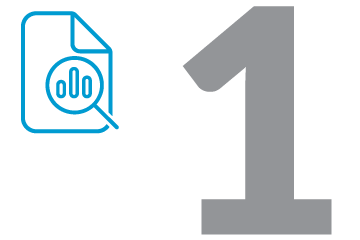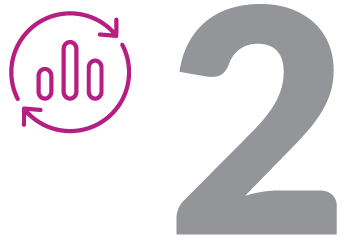Case Study: Tyndale University

Tyndale University is a Christian post-secondary institution, offering a wide range of academic disciplines. Founded in 1894, the Toronto-based university provides a distinct faith-based learning experience to students from 60 ethnic backgrounds and 40 different denominations.
“Insights gained from Environics Analytics’ data gave us the information and confidence needed to elevate our admissions and fundraising efforts. We are now able to better target potential new students and prospective donors with increased precision and results.”
Challenge
Tyndale University needed to improve how it maximizes its limited resources for its admissions and fundraising programs to fill and financially support the university’s growing number of undergraduate programs and capital needs.
Finding students of faith, that are both aware and can continue their studies at a private school, is a difficult task. If a recruitment office relied solely on what other programs were doing, it would miss out on many promising prospects and exhaust its resources quickly. Concurrently, Tyndale did not have any way to identify any alumni or community supporters who had the wealth or ability to make a major gift (more than $25,000), beyond looking at census data.
Solution
-

First, they needed to understand their student population and where they lived in order to establish their market penetration. An analysis of Tyndale University’s student information linked with PRIZM segmentation and DemoStats data revealed valuable insights. For the first time, the school was able to see where their students were coming from, their demographics, as well as penetration amongst these groups. This analysis would serve as a blueprint for finding prospective students.
-

Using the postal code data of Tyndale’s enrolled target groups, a ranking of nearby high schools was conducted to determine the areas with the best opportunities to recruit new students. This enabled the university to focus resources on attracting individuals within these applicant target groups. This target group work was further overlaid with social media data, allowing Tyndale to devise a comprehensive social media admissions strategy speaking directly to students. -

Personas were created to help Tyndale understand who their annual donors were, and how to appropriately tailor their direct mail messaging and strategy to appeal to these alumni. Using the school’s existing donor file, a customized DonorRank scoring system was developed and overlaid on top of the segmentation. This allowed them to see what their pipeline looked like and focus their efforts on the right alumni prospects. These insights also informed the monetary contribution they could expect from specific alumni groups, helping to concentrate their campaign strategy.
Results
Tyndale University was able to take advantage of demographic, psychographic and behavioral data to boost their marketing efforts while working within a limited budget. This marketing approach allowed the school to improve its enrollment funnel of students that made an inquiry, submitted an application and ultimately attended the school.
The segmentation and customized scoring system increased their donor prospect pool and donations. With this new information, Tyndale University is already planning its next campaign, which will be 10 times its previous efforts, and its most ambitious fundraising campaign in its history.
Ultimately, Tyndale’s smart marketing approach proved that small investments in data and analytics tools can produce big results across the organization.

